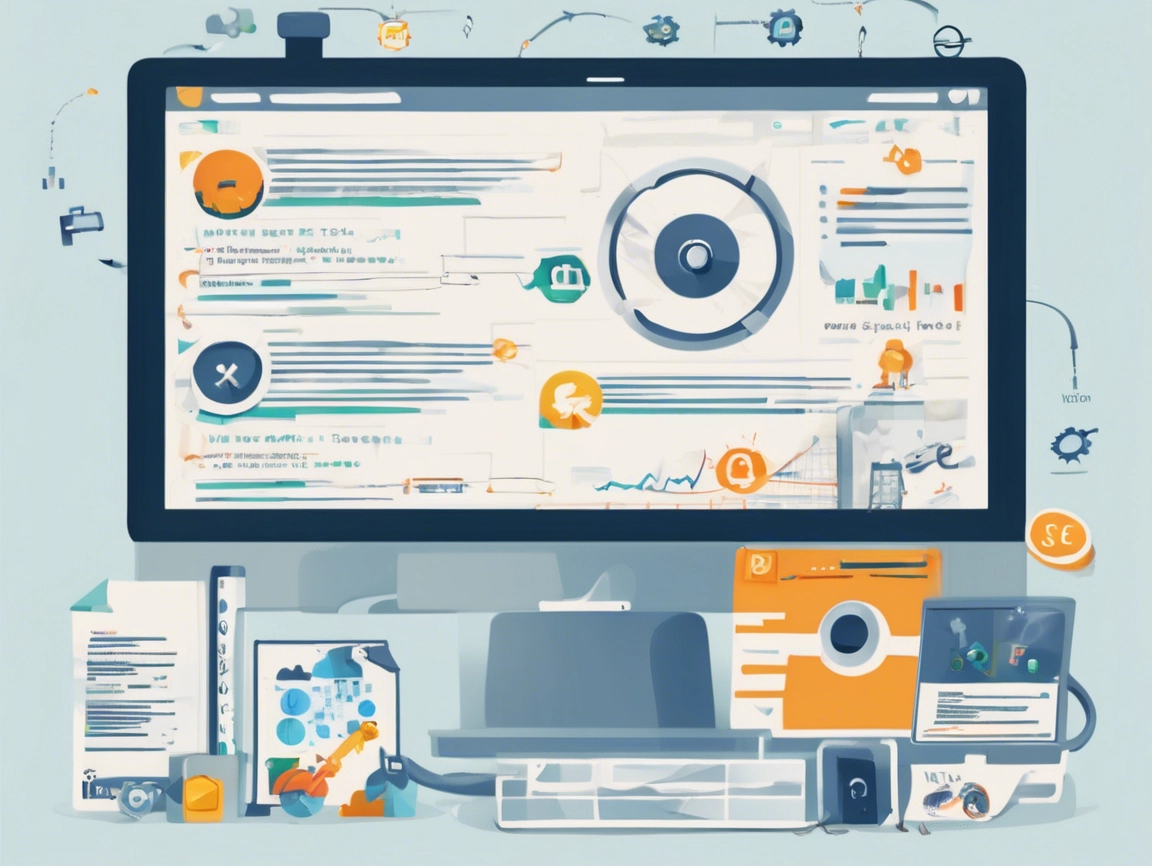Cap Puckhaber, Reno, Nevada
Email marketing is one of the most effective tools for small businesses to connect with their audience, build relationships, and drive sales. With its ability to reach customers directly in their inboxes, email marketing offers incredible potential for businesses of all sizes. If you’re new to email marketing, a simple email marketing guide for small businesses will walk you through the basics, help you set it up, and explain how to use the latest tools, including AI, to enhance your campaigns.
What Is Email Marketing?
Email marketing involves sending emails to a group of people with the goal of promoting products, services, or building relationships with your audience. These emails can include newsletters, promotional offers, product updates, event invitations, or helpful content. It’s a direct communication channel that can help increase brand awareness, drive sales, and foster customer loyalty.
How to Set Up Email Marketing
- Define Your Goals: Before diving in, determine what you want to achieve with email marketing. Are you aiming to increase sales, promote new products, build brand awareness, or nurture leads? Having clear goals will help guide your strategy and measure success.
- Build Your Email List: You’ll need a list of people to send your emails to. But don’t just buy email lists—focus on growing a list of engaged subscribers who are genuinely interested in your business. We’ll cover sourcing and targeting in more detail below.
- Create an Email Campaign: Once you have a list, you can start planning your campaign. Decide on the frequency of emails (e.g., weekly, bi-weekly), the types of content you want to share, and the tone of your emails. Be sure to create emails that provide value, not just promotional content.
Tools and Software You Need
To manage your email campaigns, you’ll need email marketing software. Here are some popular options:
- Mailchimp: Known for its user-friendly interface, Mailchimp is a great choice for beginners. It offers templates, automation, and analytics to track your campaigns’ performance.
- Constant Contact: Another popular tool, Constant Contact is ideal for small businesses. It offers a drag-and-drop editor, list management tools, and reporting features.
- Sendinblue: This tool combines email marketing with SMS marketing, making it a great all-in-one solution for small businesses looking to broaden their marketing reach.
- ActiveCampaign: Best known for its powerful automation features, ActiveCampaign helps you send personalized and timely emails based on customer behavior.
These tools allow you to create, send, and track your emails with ease. They also provide automation features, so you can schedule emails and follow up with leads automatically.
How to Use AI in Email Marketing
AI is transforming email marketing by allowing businesses to create more personalized and efficient campaigns. Here are a few ways you can use AI to enhance your email marketing:
- Segmentation: AI can analyze customer data and automatically segment your email list based on factors like behavior, location, or interests. This helps you send highly-targeted emails that are more likely to resonate with your audience.
- Personalization: AI can help you create personalized content by analyzing subscriber data and tailoring your emails to individual preferences. For example, using AI, you can automatically recommend products based on past purchases or browsing behavior.
- A/B Testing: AI can optimize your emails by running A/B tests on subject lines, email content, or send times to determine what works best for your audience.
How to Source Email Lists
Building an email list is crucial to the success of your campaigns. Here are some ways to grow your list:
- Sign-up Forms: Place email sign-up forms on your website, social media, or blog. Offer an incentive like a discount, free resource, or exclusive content to encourage visitors to subscribe.
- Lead Magnets: Create valuable content like eBooks, whitepapers, or guides that visitors can download in exchange for their email address.
- Contests and Giveaways: Running a contest or giveaway can attract new subscribers. Just be sure to ask for permission to send them marketing emails when they enter.
- Referral Programs: Encourage your existing subscribers to refer friends and family to your email list by offering rewards or discounts.
How to Target People
Effective targeting is key to successful email marketing. Here’s how you can tailor your campaigns to the right audience:
- Segment Your List: Use the data you have on your subscribers (location, interests, past purchases, etc.) to segment your list into different groups. This will help you send more relevant emails to each group, increasing engagement.
- Behavioral Targeting: If someone has interacted with your website or opened a previous email, use that information to send follow-up emails tailored to their behavior. For example, you can send reminders about abandoned shopping carts or offer special discounts based on browsing history.
- Use AI for Dynamic Content: As mentioned earlier, AI tools can automatically personalize your emails, making them more relevant to each recipient. The more personalized your emails, the more likely your audience will engage with them.
How to Set Realistic Goals and Expectations
When starting with email marketing, it’s important to set achievable goals and measure progress along the way. Here’s how to do that:
- Set Specific Objectives: Are you looking to grow your email list by a certain number of subscribers, or do you want to achieve a specific open rate or click-through rate? Define clear, measurable goals.
- Start Small: If you’re new to email marketing, don’t expect huge results overnight. Focus on building a strong list and experimenting with different campaigns to learn what works.
- Track Your Metrics: Use the analytics provided by your email marketing software to monitor open rates, click-through rates, and conversion rates. This will help you adjust your campaigns and improve over time.
- Don’t Overwhelm Your Subscribers: Be mindful of how often you’re sending emails. Bombarding your list with daily emails can lead to unsubscribes. Start with a manageable frequency and adjust based on feedback and performance.
Conclusion
Email marketing is a powerful tool for small business owners to reach and engage with their customers. By using the right tools, leveraging AI, and targeting the right audience, you can create effective campaigns that drive real results. Start by setting clear goals, building your list, and experimenting with content—email marketing can be an incredibly rewarding way to grow your business when done correctly!
Want more website tips from a fellow small business owner? Follow me, Cap Puckhaber, at WebsiteJockey.com where I share no-fluff insights on building, launching, and securing your online presence like a pro.
More blogs



